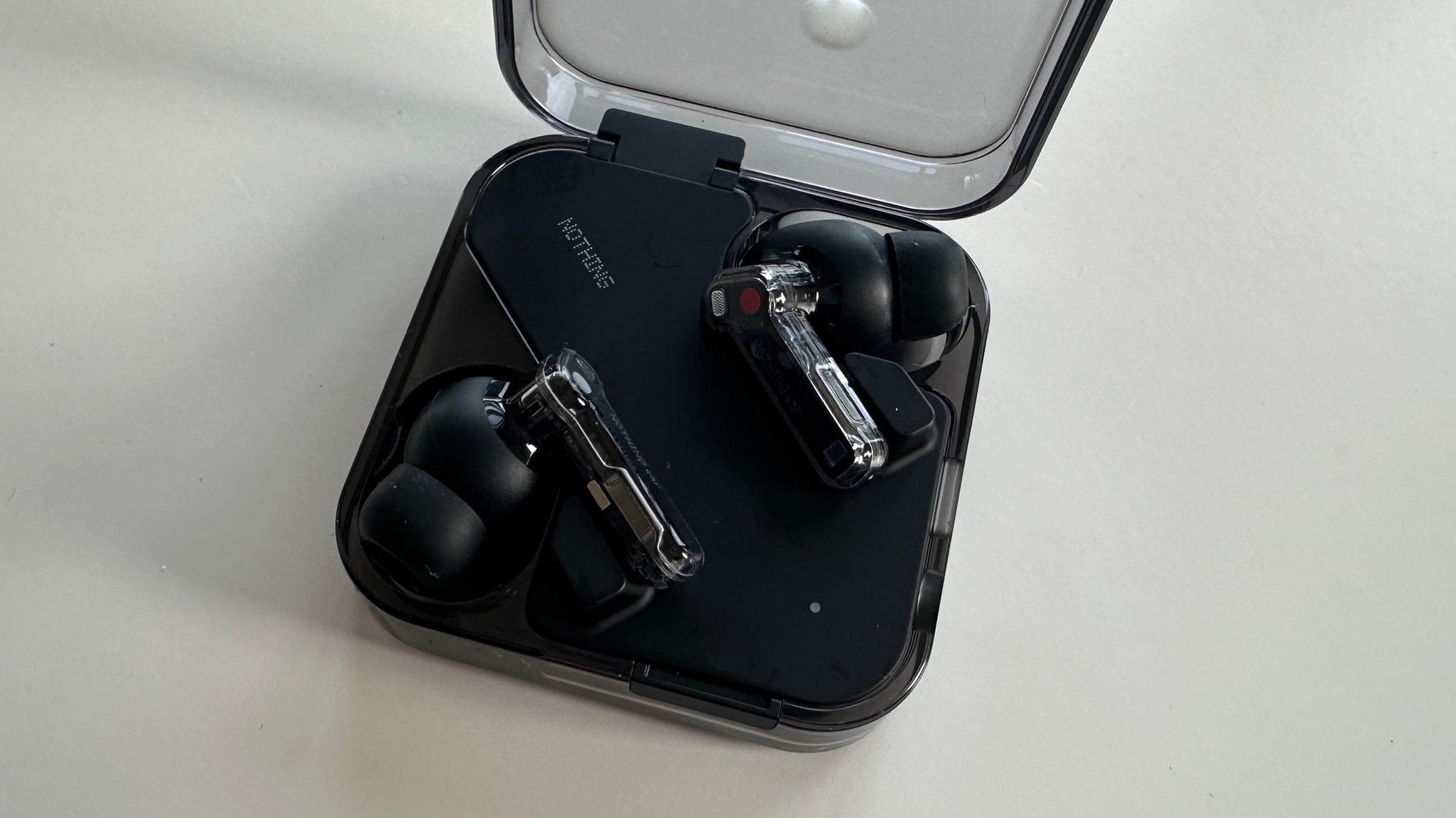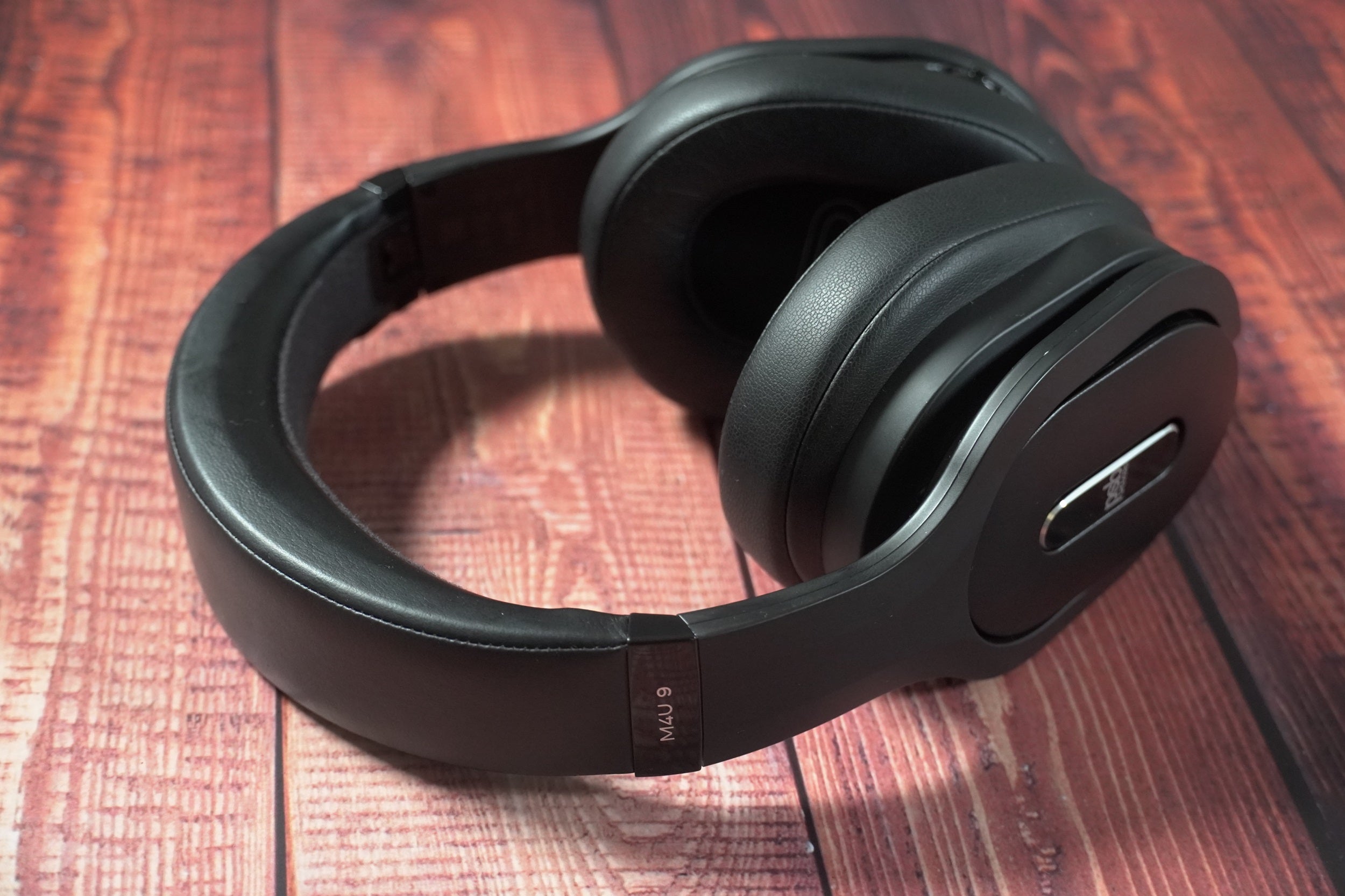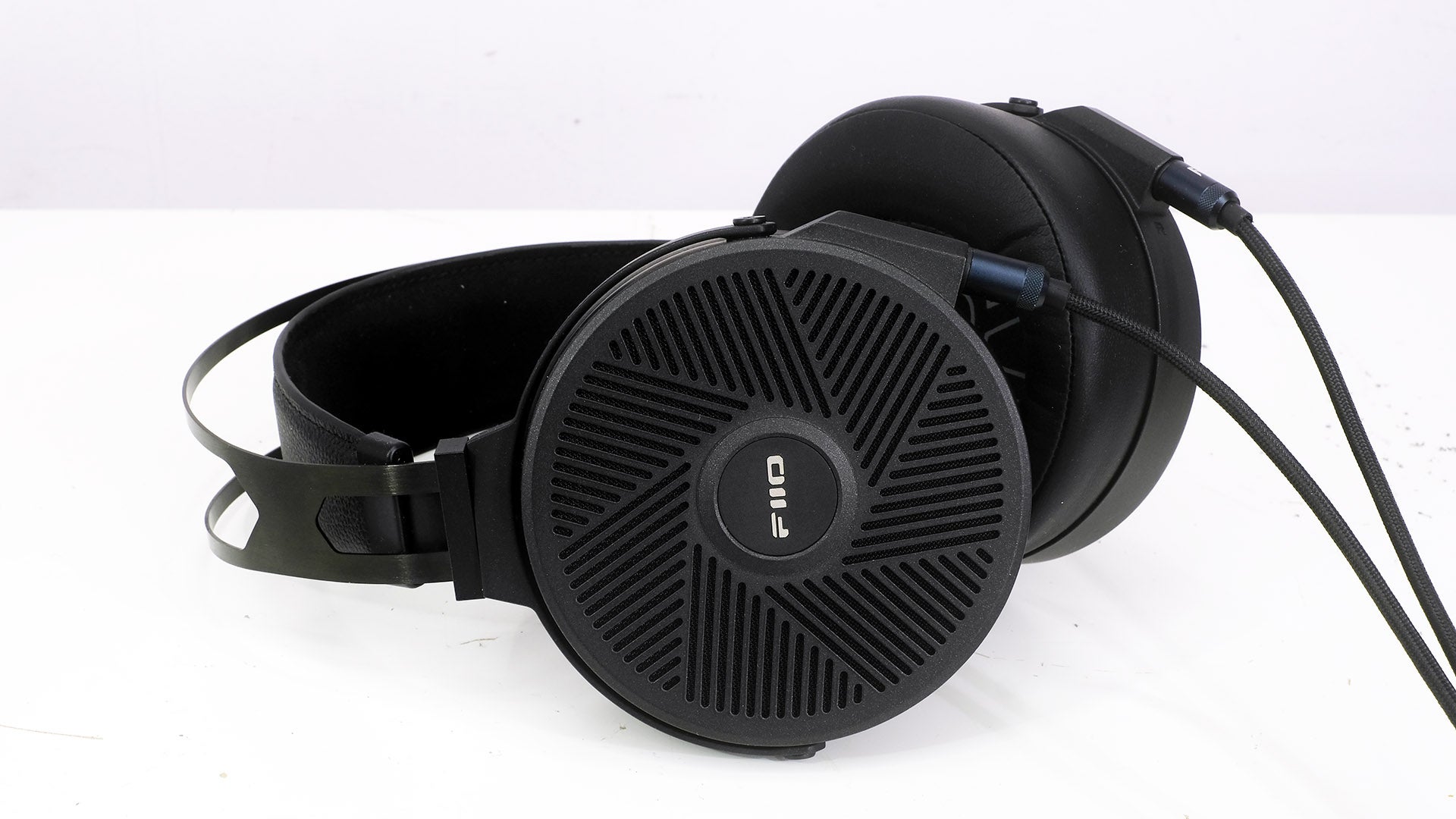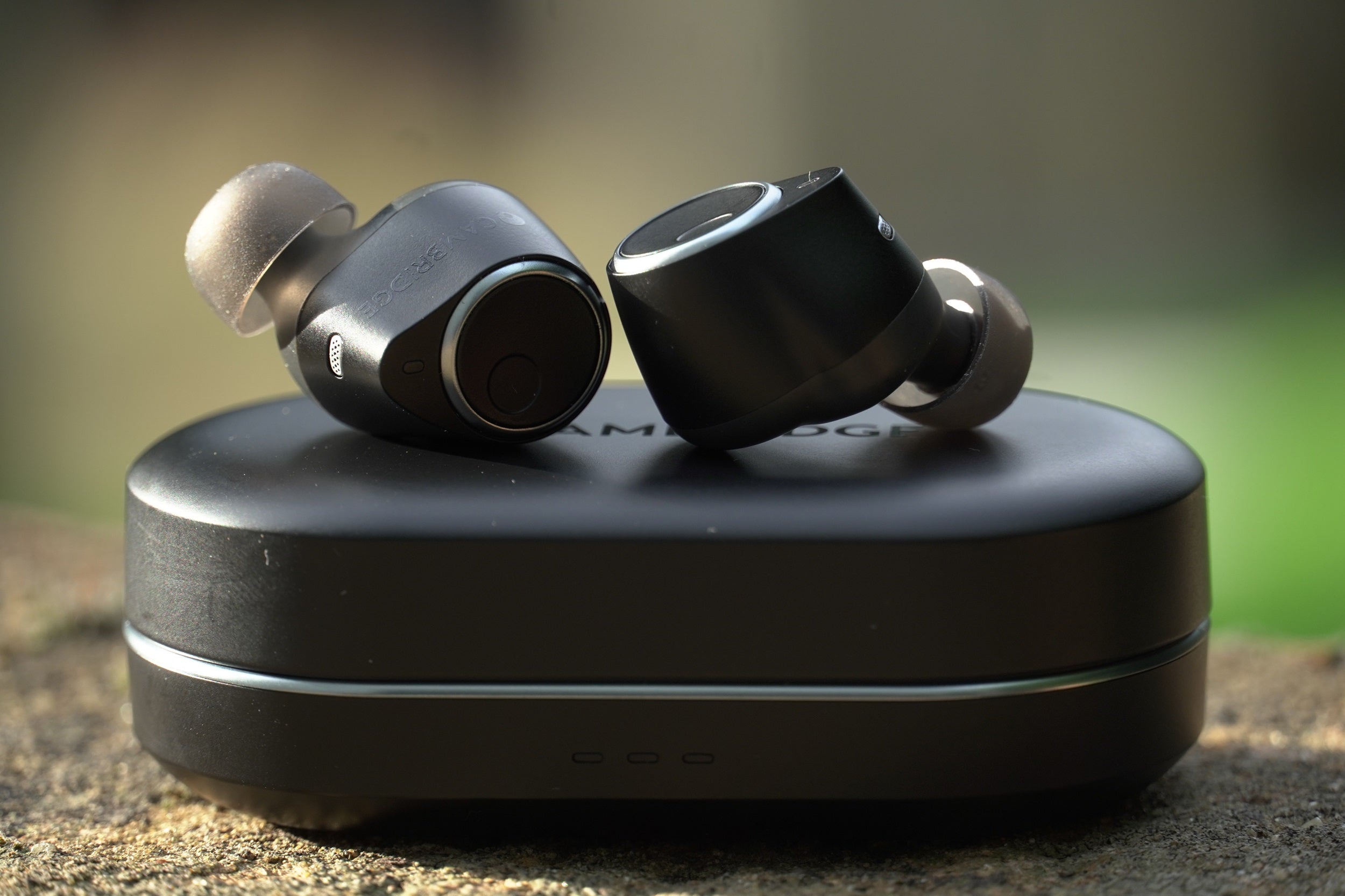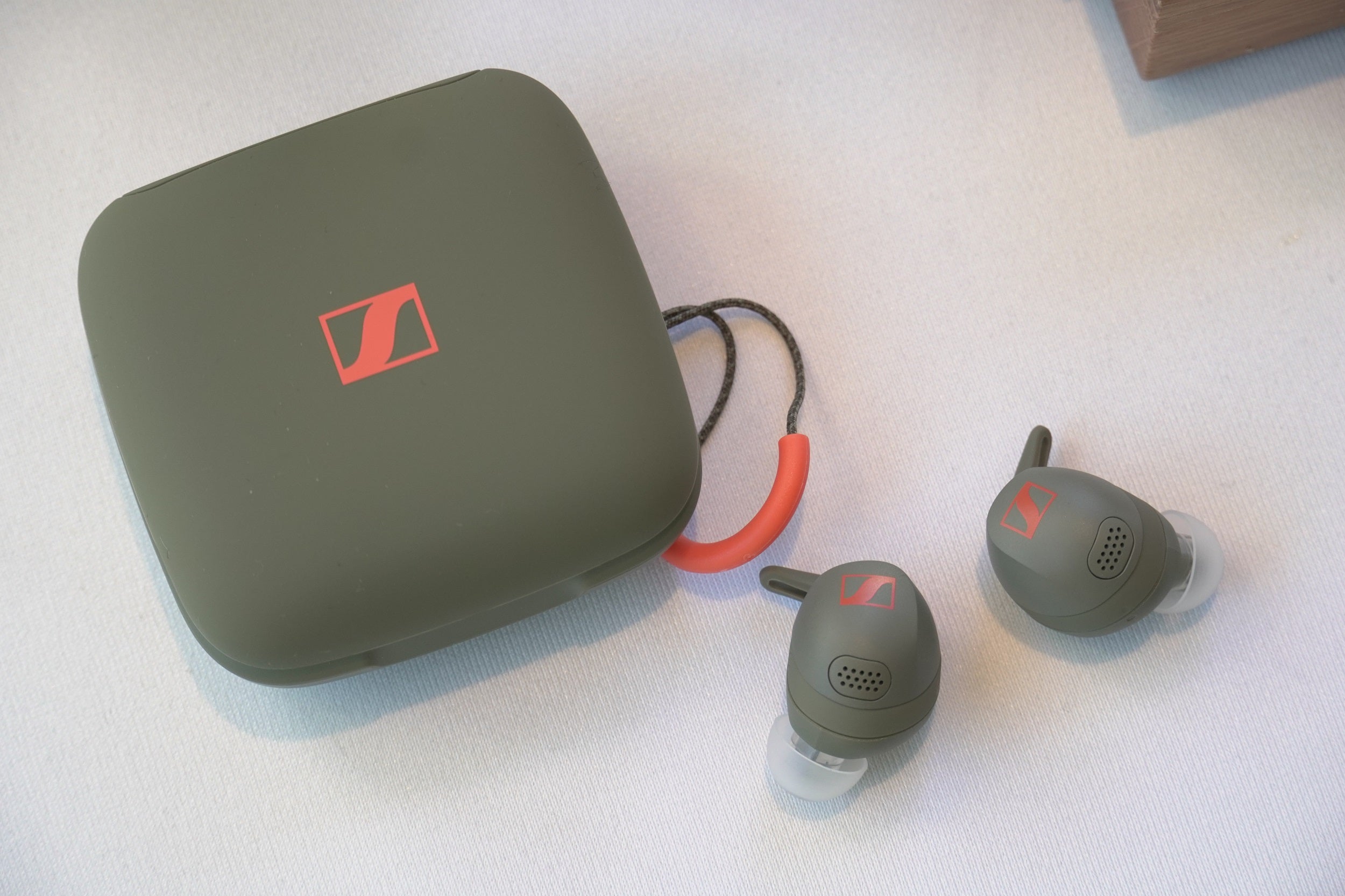SoundMagic TWS50 Review
Further proof that SoundMagic understands the affordable headphones market completely
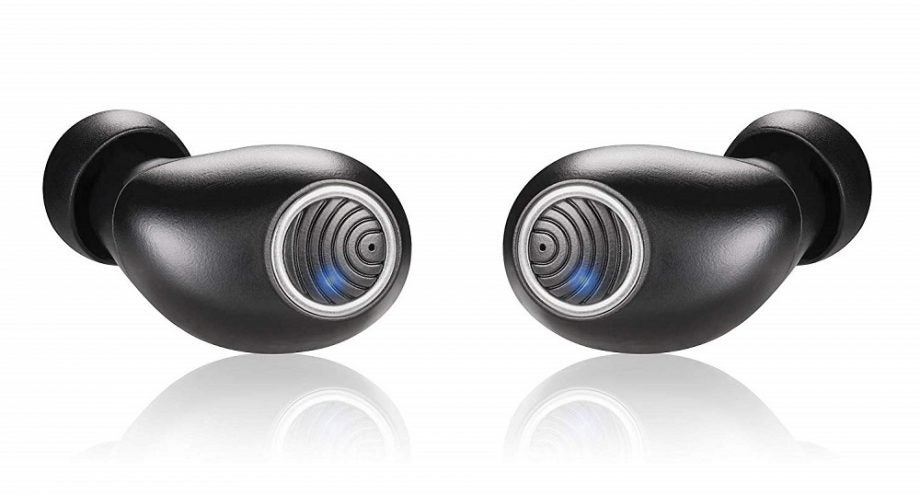

Verdict
Aggressively priced and featuring the trademark SoundMAGIC sound, everything that is so likable about the company’s affordable in-ears is reproduced in the TWS50 wireless earbuds
Pros
- Light, compact and comfortable
- Detailed, informative and coherent sound
- Convincing tonality
Cons
- Direct rivals offer better battery life
- Not the most out-and-out dynamic listen
Key Features
- Bluetooth 5.0Bluetooth 5.0 connectivity for a stronger connection between the earbuds and mobile device
Introduction
Award-winning headphone brand SoundMagic has brought its talents to the wireless earbud sector, with the TWS50 taking aim at the budget market.
In its own un-showy way, SoundMagic has established itself as one of the more successful manufacturers of affordable-yet-capable headphones. Its in-ear designs have been among the very best pound-for-pound options around – you need only look at our review of its E11BT “kind of” wireless units to realise just what prodigious value for money the best SoundMagic headphones represent.
So naturally enough, SoundMagic has done the sensible thing and delivered a pair of true wireless in-ears. At a shade under £80, the TWS50 are pretty aggressively priced and, on paper at least, are competitively specified. So having cut the wires altogether, can SoundMagic once again undercut its opposition?
Availability
- UKRRP: £79
- USARRP: $99
- EuropeRRP: €130
- Canadaunavailable
- AustraliaRRP: AU$155
Design
- Compact and lightweight
- Look a bit odd
- Solid enough battery life
If there’s one product type that doesn’t benefit from unnecessary design flourishes, it’s in-ear headphones. So it’s good to report that the TWS50 are usefully compact, helpfully light (just 4g a piece) and not ornate in the slightest. Each earbud has a tell-tale light (red or blue, depending on status) and a small area for touch control.
The 45g charging/storage case sports a nice circular design with a rotating cover to hide or reveal the earbuds. There’s an 80s-tastic digital display on the top of the case to give an indication of remaining battery life. The case is good for around 24 hours of juice, which is four top-ups of the six-hour earbuds.
Neither the earbuds nor the charging case feel especially luxurious. In fact, the plastic that both are made from is of the hard, smooth variety. But everything’s relative, and it’s important to keep price uppermost in your mind when getting touchy-feely with the TWS50s.
A total battery life of 30 hours isn’t at all bad, but it’s made to look a bit pedestrian by the 45 hours offered by Cambridge Audio’s remarkable Melomania 1 – which is surely one of the main products that SoundMagic needs to keep in its sights.
Features
- Waterproof rating
- Bluetooth 5.0 connectivity
As far as the niceties go, the TWS50 is perhaps a little better specified than the price suggests. For example, as well as offering touch control for music playback and call answering (or rejecting, obviously), the SoundMagic in-ears are compatible with both Android and iOS voice assistants.
Despite the TWS50s’ modest size, SoundMagic has found space for a 6mm full-range neodymium driver in each earbud. And with an IPX7 rating, these in-ears offer a reasonably robust proposition for those who enjoy an active lifestyle.
The case charges via the suddenly archaic micro-USB, but nevertheless can be topped up from empty in a little over 90 minutes. Once paired with a smartphone, the TWS50 uses the not-archaic-in-the-slightest Bluetooth 5.0 for a wireless connection wide enough to deliver a high-res digital audio file or stream MQA-powered Tidal Masters content.
Sound quality
- Lack dynamism
- Well-defined soundstage
The TWS50s are supplied with three sizes of silicone ear tips and, as with all in-ear headphones, it’s important to ensure a good fit. If not, audio quality will suffer, and so will the physical seal that helps with noise isolation.
Satisfactorily positioned, and with a Tidal Masters file of ZZ Top’s La Grange being delivered from an Android smartphone, everything that’s so broadly impressive about SoundMagic’s more affordable in-ear designs is evident here.
The overall soundstage is wide and reasonably well defined, but with no estrangement between the individual elements of the recording – there’s proper coherence and a convincing unity to the way the TWS50 presents the grubby Blues stylings. Good levels of mid-range detail make the singer’s efforts to get down to the lowest notes in his melody all too obvious, which in turns makes for pleasant immediacy to the sound.
The rather more up-to-date sound of Get God’s Attention By Being An Atheist by of Montreal allow the SoundMagic in-ears to show off good low-frequency variance and texture. The deepest bass notes are solid enough to provide a foundation for everything above, and at the opposite end of the frequency range there are reasonable levels of attack. Treble sounds are undeniably rounded off, and the TWS50s are happier to play it safe rather than cut completely loose – but it’s an understandable policy.
The SoundMagic in-ears punch into rhythms with assurance – Peter Gabriel’s Shock The Monkey is square-edged and flows forward confidently. The momentum generated by the full-figured low frequencies propels the tune, and the vocal sits in a nice pocket of space on a stage that’s fairly full of competing elements. The many transient synthesiser stabs get full recognition, and the overall presentation impresses with its even-handedness.
Broad tonality is convincing, too, and there’s more than enough dirt under the fingernails of The Stooges’ I Wanna Be Your Dog to make it sound authentically menacing. But the same tune shows up what is probably the TWS50s’ only significant shortcoming: a relative lack of general dynamic potency.
The TWS50s have no problem describing the small-scale harmonic variances in the recording but, as far as the broader dynamic picture is concerned, more-or-less everything that happens in a recording – at least according to the TWS50 – happens at the same level of attack and volume. The Stooges’ tune should undulate between full-bore pin-headed abandon and brief pauses for breath, but the SoundMagic in-ears tend to flatten everything out to its median point.
Don’t get the wrong impression, though. For all that, the TWS50 could conceivably be even better; in the context of very affordable true wireless in-ear headphones, they’re formidable.
Should you buy it?
If you want entertaining sound on a budget: The SoundMagic are even cheaper than they were when we first reviewed them, so if you’re an inexpensive true wireless pair, these are worth considering.
You want a more dynamic listen: The TWS50 aren’t the most convincing in terms of describing the highs and lows of a track, so they leave a little on the table in terms of sound quality
Final Thoughts
Until now, the aforementioned Cambridge Audio Melomania 1 were the only realistic choice when it came to relatively inexpensive true wireless in-ears – and a recent price reduction to £99 has only made them more attractive. They offer greater battery life than the SoundMagic earphones, and make a more convincing fist of describing the overall dynamism of a recording. However, they’re bigger and bulkier than the TWS50s, and achieving a comfortable fit isn’t quite as straightforward. So they finally have some worthwhile competition.
Actually, to be absolutely fair, the Melomania 1 met with some worthwhile competition in Lypertek’s £99 PurePlay Z3 2.0. They’re more than a little reminiscent of the SoundMagic in-ears in purely physical terms, and certainly the extra £20 doesn’t buy you any more luxury. But it does buy epic battery life, USB-C charging and a really confident sonic signature.
Nevertheless, the TWS50 warrant thorough consideration – 20% more affordable than rivals is impressive, and the SoundMagic in-ears get more than enough right to deserve a place on your shortlist.


